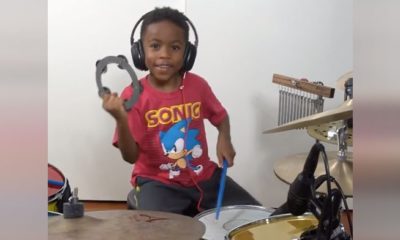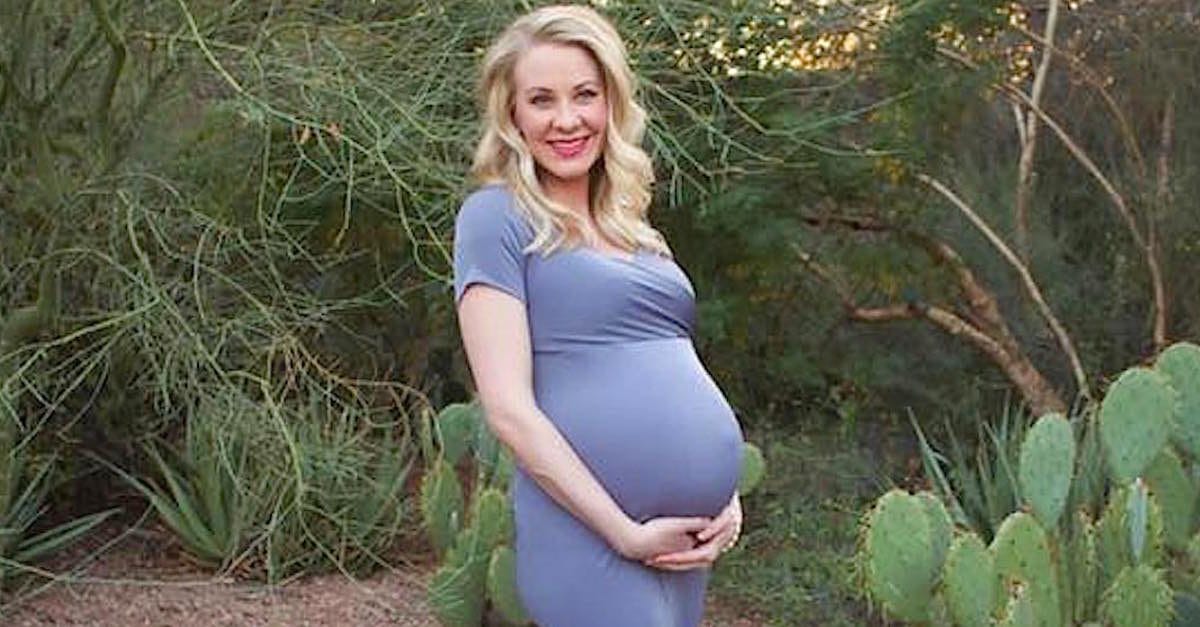Did you recognize that your child can talk with you even earlier than they utter their first phrases?
From the time they’re born, infants develop a necessity to precise themselves. During the primary few months, 90% of communication between mother and father and infants is non-verbal. They usually cry as a strategy to categorical starvation or exhaustion. But there are delicate cues that, when paid consideration to, may help you get to know your child extra.
Making faces
Each child is completely different, however what they’ve in widespread is their tendency to make faces, like frowning or wrinkling their brow, which implies they’re responding to the world round them. They’re additionally cute little copycats! That’s why they have an inclination to giggle or copy the wacky faces you make while you’re enjoying with them.
At about three to six months, infants begin to imitate facial expressions of concern, unhappiness, or shock. Always do not forget that infants are observant and that you need to be cautious to not look so confused round them. Relax your muscle tissue and hug them tight whereas rubbing their backs. They might not perceive what upsets you, however they are going to study the idea of the consolation of their guardian’s contact.
Breaking eye contact
When infants avert their gaze, it might imply they’re overwhelmed and wish a break.
“From about two months on, babies disconnect if they’re feeling overwhelmed or over stimulated,” creator and Psychology professor Linda Acredolo, Ph.D. tells Parenting.com. “Sometimes, the baby will turn his head to the side almost stubbornly, or play with his fingers or toes, or even start crying—anything to break contact with an adult.”
For new mother and father, Dr. Acredelo’s advise is to permit the child some downtime and chorus from forcing them to look again by tickling or speaking to them. Once they flip again to you, that is when you possibly can reconnect with them.
Smiling
At about 6 to eight weeks, your child begins to smile! This is really one of the unforgettable moments for fogeys. Smiles sign contentment, like a heat towel after a shower, or seeing a well-known face. Parents can encourage extra smiles, by saying good phrases, smiling again, or laughing.
Arching her again
When your child does this, they might really feel some form of inner or exterior discomfort. During breastfeeding, it may possibly additionally imply she is full. Stopping feeding or altering your child’s place often helps treatment this.

Rubbing their eyes or ears
This implies that they’re drained or feeling one thing is itchy. They also can pull their ears or rub them, as they’re among the most delicate elements of their physique.
Once you see your child do that, contemplate placing them down for a nap. But in case your child has a fever, she might have an ear an infection, therefore the rubbing. Be certain to take her to the physician as quickly as doable.
Crying due to starvation, ache, or tiredness
There are completely different the explanation why your child cries. Though they might sound the identical at first, you will quickly be capable of differentiate them. For occasion, a “hungry cry” is often quick, low-pitched and lasts for a number of seconds. If not responded to, it will get extra intense. Attending to your child reassures them and builds belief.
As for the “pain cry,” it is a cry that does not rise and fall. It’s about twice so long as cries of starvation and it is often steady. Check in case your child’s supply of discomfort is a dirty diaper or if she’s too chilly or too heat. Inspect her clothes or swaddle, if you cannot appear to calm them, maybe there’s some inner ache that warrants a go to to the physician instantly.
The “tired cry,” which folks often be aware after three months, is a softer model of a child’s “pain cry.” How are you able to inform? This often occurs when your child has problem sleeping. Try holding and stroking them whereas rocking them forwards and backwards.
Babbling and laughing
Like we stated, infants are cute little copycats and at round three months of age, they begin to mimic and match their mommy and daddy’s tone of voice. They begin to coo and babble and are in a position to string syllables collectively. At 6 months and past, they start to discover ways to convey feelings by way of their tone.
Encourage your child’s language improvement by babbling again to them. These first conversations will do wonders, not just for their progress, however to your bond as properly!
READ: Baby speak: The significance of babbling for child’s language improvement
sources: KidsHealth.com, Parenting.com, WebMD, emedicinehealth.com














You must be logged in to post a comment Login